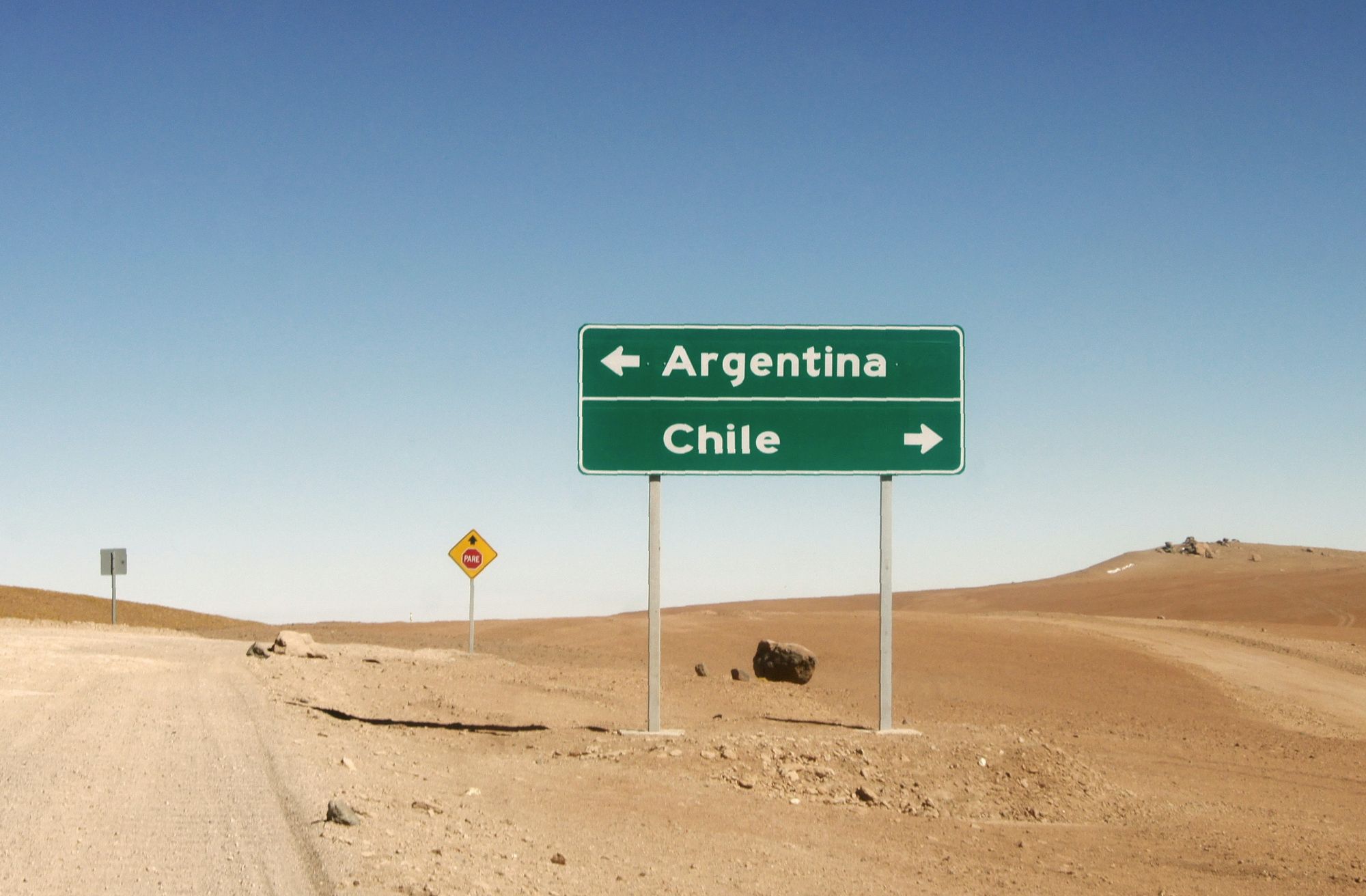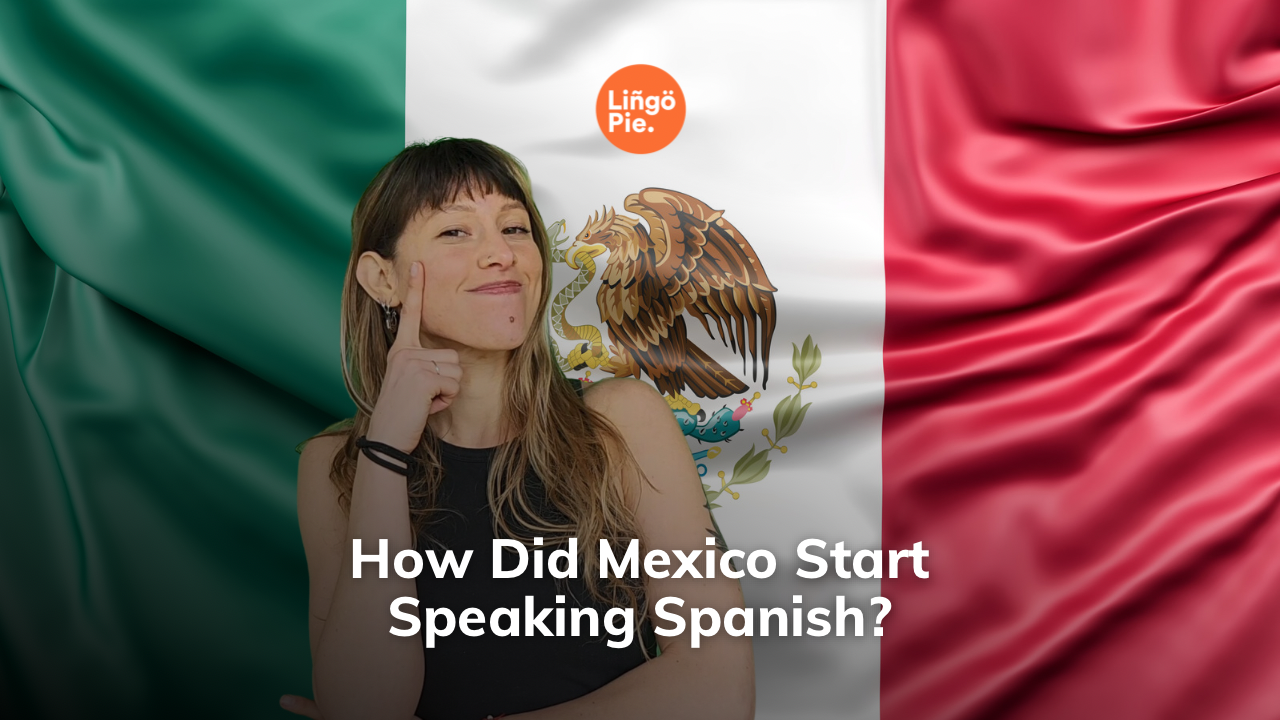Did you know that as of 2024, Spanish remains to be the 4th most spoken language in the world? That’s right, there are an estimated 572 million people speaking Spanish in different countries scattered across the globe (if that’s not a good enough reason to learn Spanish, what is?!).
You can probably name many of the most well-known Hispanic countries where Spanish is the official language, but we bet you’ll be surprised to find out what some of the lesser-known ones are!
So, just how many countries speak Spanish as an official language? There are currently 21 countries where Spanish is an official national language.
However, if we’re talking about how many Spanish-speaking countries there are, including those where Spanish is not an official language but is commonly spoken, that number increases to about 25 (depending on who you ask).
- 8 Scary Movies In Spanish That'll Boost Your Skills
- Learn Spanish Curse and Slang Words with Narcos [Free Guide]
- 7 Best Spanish Language Documentaries To Watch

Spanish Language Facts
Spanish is everywhere these days - from Netflix shows to business meetings to classrooms. With over 460 million native speakers, it even surpasses English in the number of first-language speakers! Now if you're interested to learn this, here are some facts and surprising reasons that'll convince you to get started ASAP.
- Holds official language status in 21 countries across four continents [UN Official Languages Registry, 2023].
- A high percentage of English-Spanish cognates can be categorized by 1 of 20 cognate patterns, providing Spanish-speaking students with a "cognate advantage" in comprehending English academic texts [Lubliner, S., & Hiebert, E.H., 2011]
- Spanish-English bilingualism is frequently preferred or required in the U.S. labor market [Subtirelu, N.,2017]
- Spanish is the official language in 20 countries around the world - either de facto or by law [Lingopie, 2024]
What are the Main Spanish Speaking Countries?
The widespread presence of Spanish-speaking countries across the globe is primarily a result of Spain's extensive colonial activities from the late 15th to the early 19th centuries. During this period, Spain established a vast empire that spanned the Americas, parts of Africa, and Asia, leading to the dissemination of the Spanish language in these regions.
Spanish-speaking Countries in South America
When you think of Hispanic countries, South America probably comes to mind right away — and rightfully so! Out of the 13 countries in South America, 9 countries speak Spanish as an official language.
The 9 Spanish-speaking countries in South America are:
- Argentina
- Bolivia
- Chile
- Colombia
- Ecuador
- Paraguay
- Peru
- Uruguay
- Venezuela
Before we move on, can you name the 4 countries that don’t speak Spanish in South America? We’ll wait…
Give up yet? The countries and the languages they speak are: Brazil (Portuguese), Guyana (English), Suriname (Dutch), and French Guiana (French, naturally).
- 17 Venezuelan Slang Terms You Need In Your Vocabulary
- 24 Easy Honduran Slang You Should Learn From The Locals
- 26+ Easy Guatemalan Slang Every Expat Should Know
Spanish-speaking Countries in Central America
Moving up the map from South America, you’ll find the next largest concentration of Spanish-speaking countries in Central America. There are a total of 7 countries in Central America, 6 of which speak Spanish as an official language.
Those countries are:

- Costa Rica
- El Salvador
- Guatemala
- Honduras
- Nicaragua
- Panama
The only country in Central America where Spanish is not an official language is Belize, where English is the official language.
Spanish-speaking Countries in the Caribbean
Now, let’s take a trip out to sea and take a look at how many countries speak Spanish as an official language in the Caribbean. Spanish is the official language of just 3 Caribbean island nations (out of 13 countries and numerous dependencies/overseas territories of other nations).
The 3 Spanish-speaking nations in the Caribbean are:
- Cuba
- Dominican Republic
- Puerto Rico (technically a US territory, but with its own national identity)

Spanish-speaking Countries in North America
The only North American country where Spanish is the official language is Mexico, but it’s the biggest Spanish-speaking country in the world: a whopping 124 million people speak Spanish there!
Though Spanish isn’t an official language of the United States, they get an honorable mention on our list of all Spanish-speaking countries for having the largest Spanish-speaking population outside of Mexico with 113 million speakers.
There are approximately 41 million native Spanish speakers and more than 11 million bilingual speakers of the language living in the US, meaning it just barely surpasses the other biggest (official) Spanish-speaking countries including Argentina, Colombia, and Spain.
Spanish-speaking Countries in Europe
Speaking of Spain, let’s take a look at what countries speak Spanish in Europe. Perhaps unsurprisingly, Spain is the only European country where Spanish is an official language.
However, the language is also heavily spoken in Andorra (a tiny sovereign state bordered by Spain and France) and Gibraltar (a British overseas territory on the Iberian Peninsula).
Spanish-speaking Countries in Africa
There is just 1 country where Spanish is an official language in Africa, and it’s Equatorial Guinea. Portuguese and French are the 2 other official languages of the country.
It’s also common to find people who are fluent in Spanish in Morocco, because of its geographical closeness to and historical ties with Spain.

How did Spanish Become the Official Language in So Many Countries?
The widespread use of Spanish as an official language came about because of colonization, particularly the colonization of the Americas that began at the end of the 15th century.
The Spanish began to occupy territories from North to South America starting in 1492 and brought along with them their language, culture, and religion, thus causing the “Hispanization” of a vast region inhabited by diverse civilizations who spoke many different indigenous languages.
For example, to this day, the 2 most widely spoken languages in Mexico other than Spanish are the indigenous Nahuatl and Yucatec Maya languages. These were the languages spoken by the powerful Aztec and Maya civilizations that the Spanish encountered when they arrived.
Without getting into too much of a history lesson (you probably had those in school, anyways) the Spanish monarchy ruled over most of what’s now known as Latin America, as well as a few other countries, for the next 3+ centuries.
Though there are smaller populations of people who still speak indigenous languages in many Latin American Hispanic countries, the vast majority of people speak only Spanish.
Uncovering the Global Reach of Spanish with Lingopie
To enhance your understanding and appreciation of Spanish, we'll introduce you to Lingopie, the best way to learn Spanish: Lingopie!
Lingopie utilizes authentic video content like Spanish TV shows and movies, to teach how to learn spanish with tv, making it an effective and easy way to learn Spanish fast. It offers an immersive learning experience suitable for acquiring Mexican slangs, basic Spanish expressions, and more!
By selecting a Spanish-language series or movie from Mexico, you can watch and interact with subtitles, providing instant translations when needed. Join us as we go beyond the numbers and discover the vibrant and dynamic world of Spanish with Lingopie!"
Summing Up
So, the next time you hear someone ask “how many Spanish-speaking countries are there?”, will you be able to name them all?
We hope you’ve enjoyed this brief look at all the Spanish-speaking countries around the world, and maybe you’ve added a couple more to your list of places to travel and practice once you learn Spanish!
If you’re looking for a fun way to improve your Spanish apprehension, give Lingopie a try and learn Spanish by watching TV shows from around the world!









![How to Learn Spanish as An Adult [Guide]](/blog/content/images/size/w300/2025/12/How-to-Learn-Spanish-as-An-Adult.jpg)